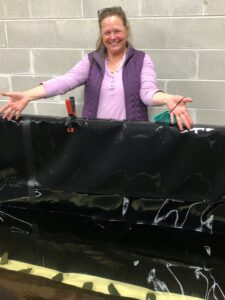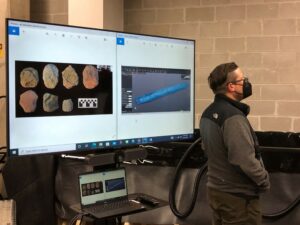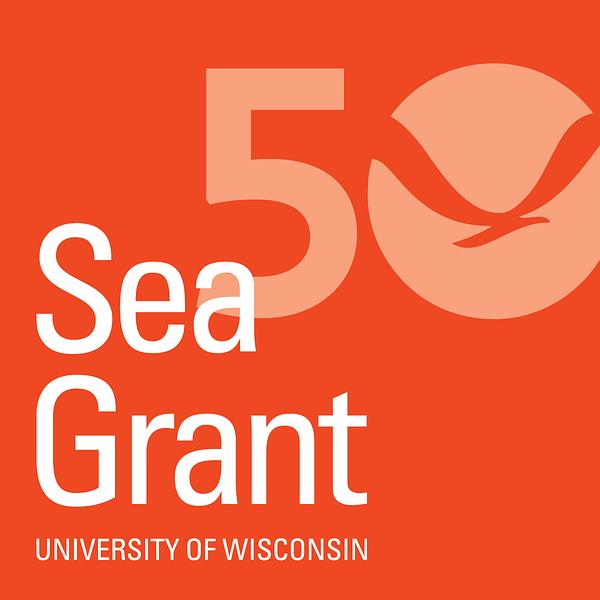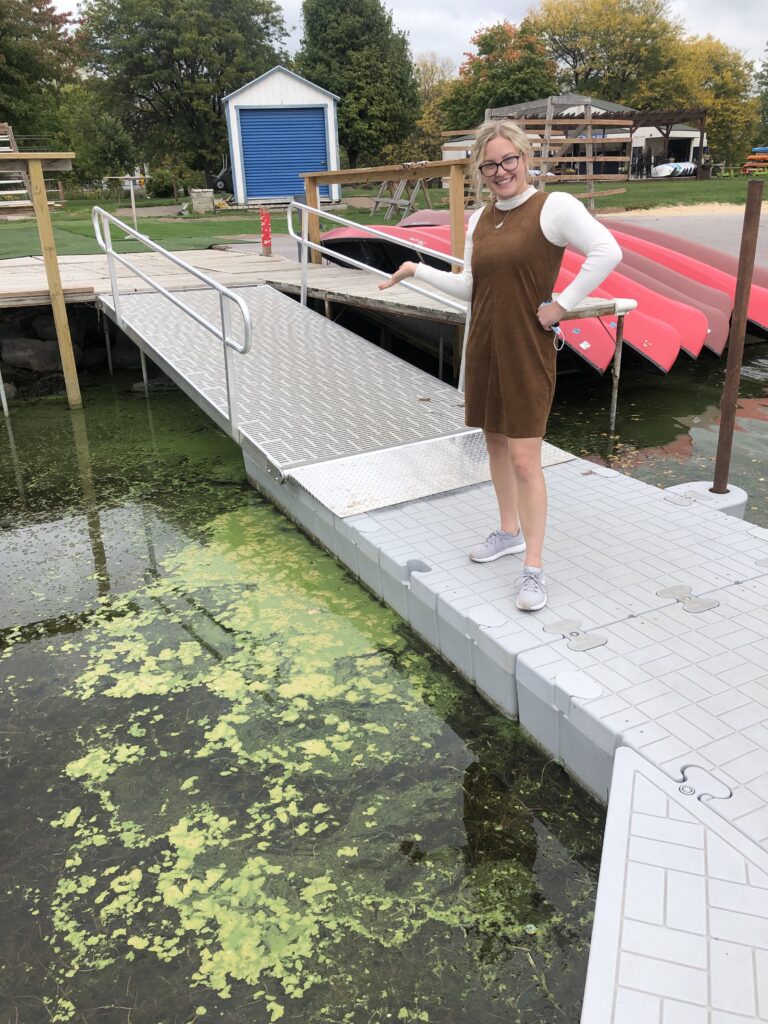COMMENTARY: Great Lakes need more protections
Despite 50 years of working jointly to address water quality challenges, the U.S. and Canada are far from declaring “mission accomplished.” We are still up against toxic algal blooms undermining access to safe drinking water, thousands of tons of plastics and microplastics ending up in our waterways and invasive species wreaking havoc on our fisheries and infrastructure. Read the full story by The Hamilton Spectator.
Great Lakes Commission
https://www.glc.org/dailynews/20220427-great-lakes








 Connor is a program specialist with GLC’s water quality and water infrastructure program. In this role, he helps to manage the GLSNRP grant program, support water quality working groups, and assist with Blue Accounting’s water content.
Connor is a program specialist with GLC’s water quality and water infrastructure program. In this role, he helps to manage the GLSNRP grant program, support water quality working groups, and assist with Blue Accounting’s water content. The in-person event will begin with social time featuring cake and refreshments. Hurley’s presentation will begin at 7 p.m. and will be available virtually (see Zoom link below).
The in-person event will begin with social time featuring cake and refreshments. Hurley’s presentation will begin at 7 p.m. and will be available virtually (see Zoom link below).












